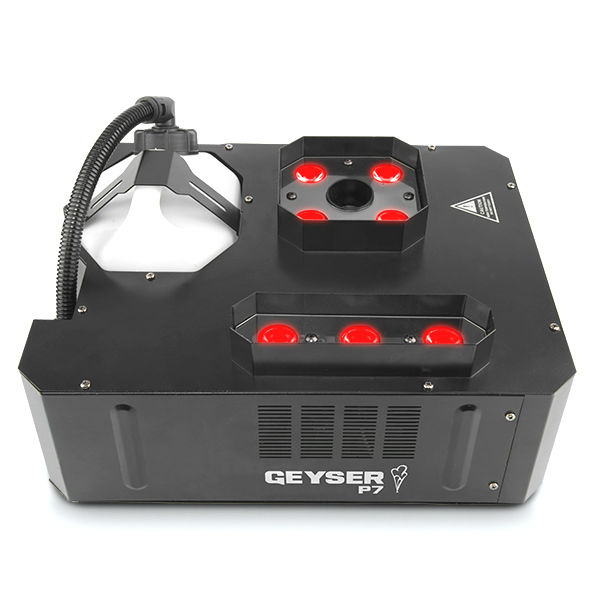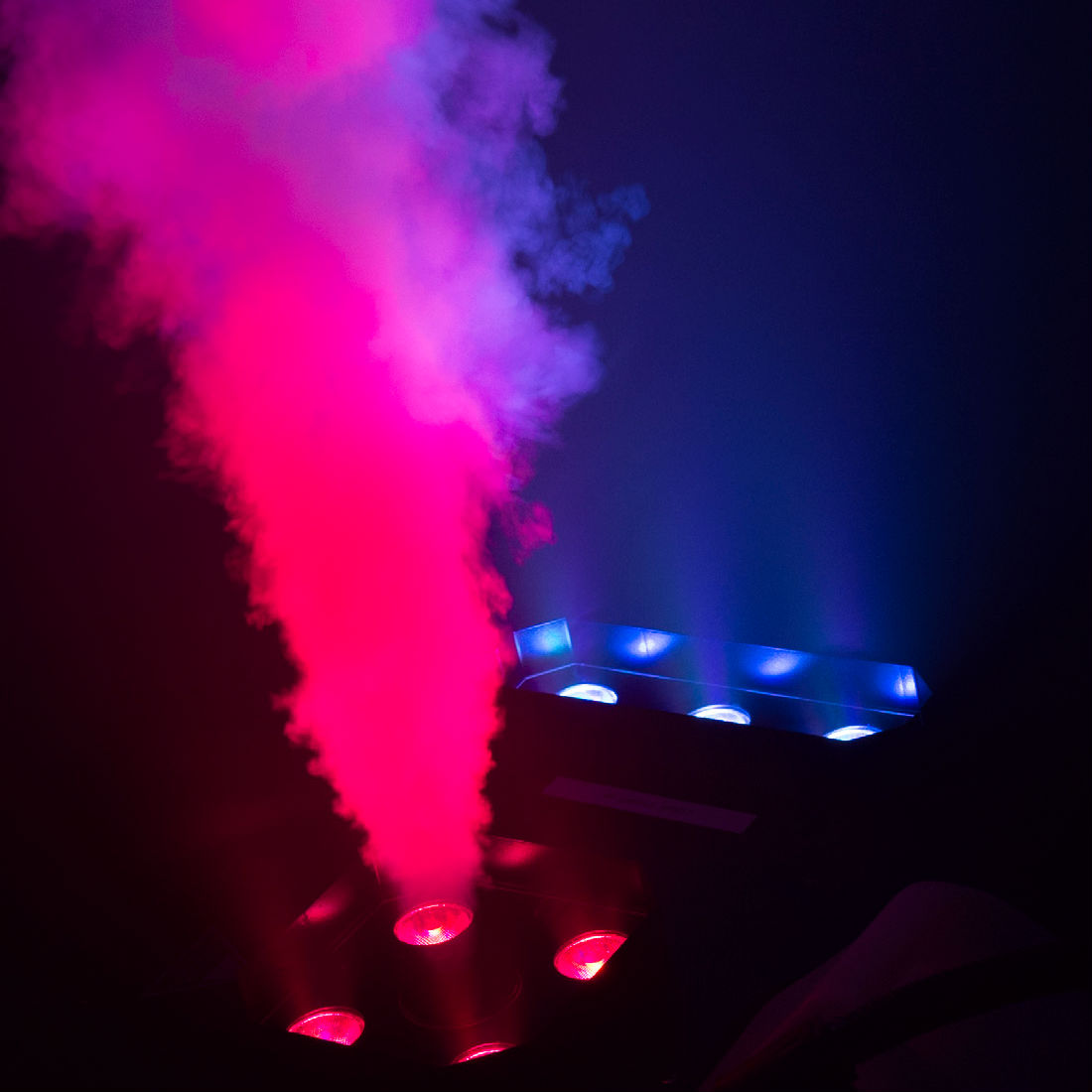Flash Pots
The flash pot is a bit of pyrotechnic hardware that's been with us for hundreds of years. It's a very straightforward, easy to understand device. Because of this, most students of theater can describe how a flash pot works and many would feel comfortable constructing one. Herein, of course, lies the problem. This week, I'd like to explore flash pots in general, as well as why you shouldn't just go out and whomp one together for yourself.
A flash pot consists of a sturdy container to hold a pyrotechnic powder and a means to ignite that powder. The powder can be flash powder, smokeless gunpowder, colored smoke powder, or other effects powders. Possible igniters include nichrome wire, flash cotton or our own Surefire Igniters. As long as the device has a place to put the powder, and a way to ignite it, it can be considered a flash pot.
This does not mean that all flash pots are the same! For one thing, there are different designs of flash pot for creating different effects. A fairly shallow pot will result in a flash of light and a big mushroom cloud of smoke, ideal for the appearence of a witch or wizard on stage. A taller pot with sturdy walls can be used to create a loud "report" or explosion on stage with less light and smoke. These are great for offstage explosions or for punctuating the climax of the "1812" overture. A long, trough-like flash pot will create a "wall" of smoke or fire for big, dramatic effects.
Apart from design issues, however, is the issue of quality. Now, I'm not going to pretend that only a company such as Theatre Effects is capable of producing a decent flash pot. However, before building your own flash pot, or allowing an amateur pyrotechnician to build one, ask yourself a few questions. How many flash pots have you (or your technician) built this year? Do you have a design that has been tested for safe use on stage? Do you know that the pot will create the effect you're looking for? If you're not sure about the answers to these questions, you should seriously consider purchasing a flash pot from a reputable manufacturer. {In the spirit of full disclosure, Theatre Effects has manufactured over 1,500 flash pots this year, we've been building and testing our pots since 1976 and have several models for creating specific pyro effects.)
Whether you end up using a pot purchased from a manufacturer or a unit built in your own shop, you should always be careful when working with flash pots on stage. Be sure to keep a radius of at least ten feet around the pot at all times. This means that performers, scenery and audience members should all be at least ten feet away from the pot when it fires. Also, make sure that your pyrotechnician has a clear line-of-sight to the flash pot. The pyrotechnician should have the final say on whether a cue goes or not, and should feel comfortable holding a cue if a performer is too close to the effect, or if the pot has been shifted out of place. Finally, fire extinguishers should be kept ready on both sides of the stage while the effect is being used.
Of course, an important part of safety is making sure that your equipment is inherently safe to begin with. A well-built flash pot, used with caution, can add drama and spectacle to many productions. A poorly built flash pot, used recklessly, made add drama to your production, but not the type one would hope for. Injuries and liability lawsuits are no one's idea of good theatre.
*********************************************
Theatre Effects Customer Service Department
service@theatrefx.com
www.theatrefx.com
Theatre Effects, 1810 Airport Exchange Blvd. #400, Erlanger, KY 41018
Phone: 1-800-791-7646 or 513-772-7646 Fax: 513-772-3579









